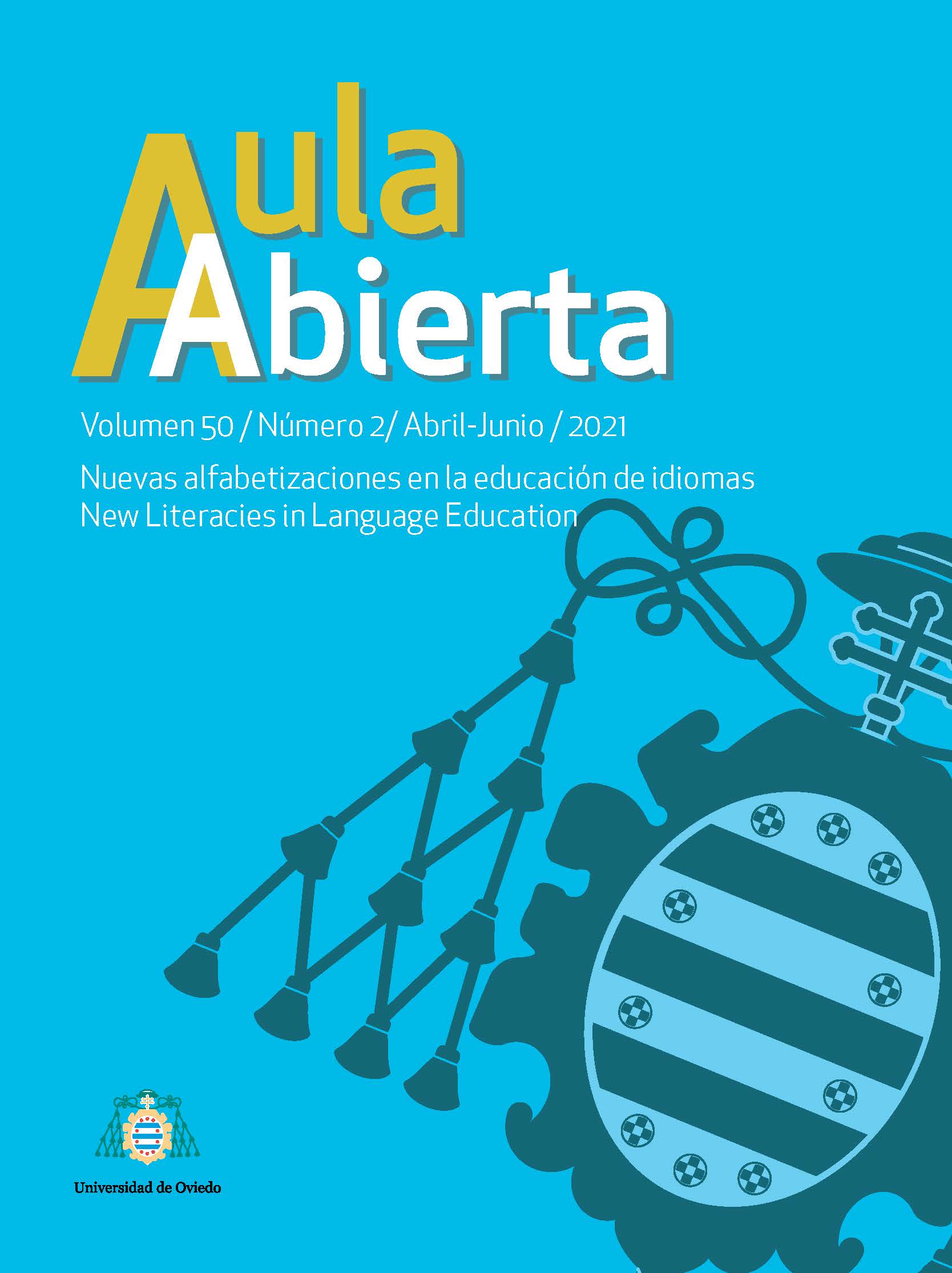Abstract
This longitudinal qualitative research study addressed a three-year professional development project, ProjectSouth Africa, we conducted in one rural elementary school, Williams Primary School in the Western Cape of SouthAfrica, with eight Reception to Grade 3 teachers. Our research investigated “What happens when teachers engage in PD that is focused on the integration of simple technologies to teach literacy?” We also studied the extent to which thisPD reflected success in children’s literacy learning, both from the teachers’ perspectives and on national and provincialstandardized tests. We situated this study theoretically in critical literacy as social practice. We adopted a transformativeconstructivist grounded theory (CGT) methodological approach (Charmaz, 2005) that centralized the phenomenastudied which contributes both to personal and societal transformation. This study presents findings from our analysisof a subset of data that focused directly on teachers’ use of technology to teach literacy. We found personal transformation in all eight teachers in their use of technology to create classrooms in which new literacies were enacted. This, we argued, led to societal transformation in that teachers shared this knowledge locally, district-wide, and with other literacy teachers and researchers at an international conference.
References
Amnesty International (2020). Broken and unequal: The state of education in South Africa. Amnesty International.
https://www.justice.gov/eoir/page/file/1247956/download
Albers, P., Flint, A.S., & Matthews, M. (2019). Transformation of instructional practice through aesthetic experiences. Global Education Review, 6(2), 33-54.
Bangeni, B., & Kapp, R. (2007). Shifting language attitudes in a linguistically diverse learning environment in South Africa. Journal of Multilingual and Multicultural Development, 28, 253-269. https://doi.org/10.2167/jmmd495.0
Charmaz, K. (2005). Grounded theory in the 21st century: Application for advancing social justice studies. In N.K. Denzin & Y.S. Lincoln (Eds.), The Sage handbook of qualitative research (pp. 207–236). SAGE.
Department of Education. (1997). Language in education policy. https://www.gov.za/sites/default/files/gcis_document/201409/languageeducationpolicy19971.pdf
Flint, A. S., Albers, P., & Matthews, M. (2018a). “A whole new world opened up for us”: The impact of place and space-based professional development on one rural South Africa primary school. Professional Development in Education, 44(3), 1-22. https://doi.org/10.1080/19415257.2018.1474486
Flint, A.S., Albers, P., & Matthews, M. (2018b). Interrupting situated practices: Critical incidents in international partnerships. Teacher Development, 14(3), 1-22. https://doi.org/10.1080/13664530.2017.1363082
Gains, P., & Graham, B. (2011). Making space for expressive and creative writing in African primary schools: a two-site action research study in Kenya and South Africa. Reading and Writing, 2(1), 77-94. https://doi.org/10.4102/rw.v2i1.14
Gee, J. P. (2015). Discourse, small d, big D. The international encyclopedia of language and social interaction, 1-5. Wiley-Blackwell.
Janks, H. (2010). Literacy and power. Routledge.
Jewitt, C., & Kress, G. (2003). Multimodal literacy. Peter Lang, Inc.
Knobel, M., & Lankshear, C. (2007). A new literacies sampler. Peter Lang, Inc.
Lau, S. M. C. (2012). Reconceptualizing critical literacy teaching in ESL classrooms. The Reading Teacher, 65, 325–329. https://doi.org/10.1002/TRTR.01050
Naidoo, U., Reddy, K., & Dorasamy, N. (2012) Reading literacy in primary schools in South Africa: Educator perspectives on factors affecting reading literacy, and strategies for improvement. International Journal of Education Science, 7(1), 155-167. https://doi.org/10.1080/09751122.2014.11890179
Nel, N., Krog, S., Mohangi, K., Muller, H., & Stephens, O. (2016). Research partnership between South African and China: Emergent literacy teaching and learning in childhood education in South Africa. Per Linguam: A Journal of Language Learning, 32(1), 102-122. https://doi.org/10.5785/32-1-647
Short, K., Harste, J. C., & Burke, C. (1995). Creating classrooms for authors and inquirers, Heinemann.
Statista (n.d.). Internet usage worldwide. http://.www.statista.com
Stats SA (2018). General household survey 2016. http://www.statssa.gov.za/publications/P0318/P03182016.pdf
Vasquez, V. M. (2017). Critical literacy. Oxford Research Encyclopedia of Education, 1-14. https://doi.org/10.1093/acrefore/9780190264093.013.20
Vasquez, V.M., Janks, H., & Comber, B. (2019). Critical literacy as a way of being and doing. Language Arts, 96(5), 300-311.
World Bank Group (2021). Individuals using the Internet. http://data.worldbank.org/data-catalog/world-development-indicators

This work is licensed under a Creative Commons Attribution-NonCommercial-NoDerivatives 4.0 International License.
Copyright (c) 2021 Aula Abierta


